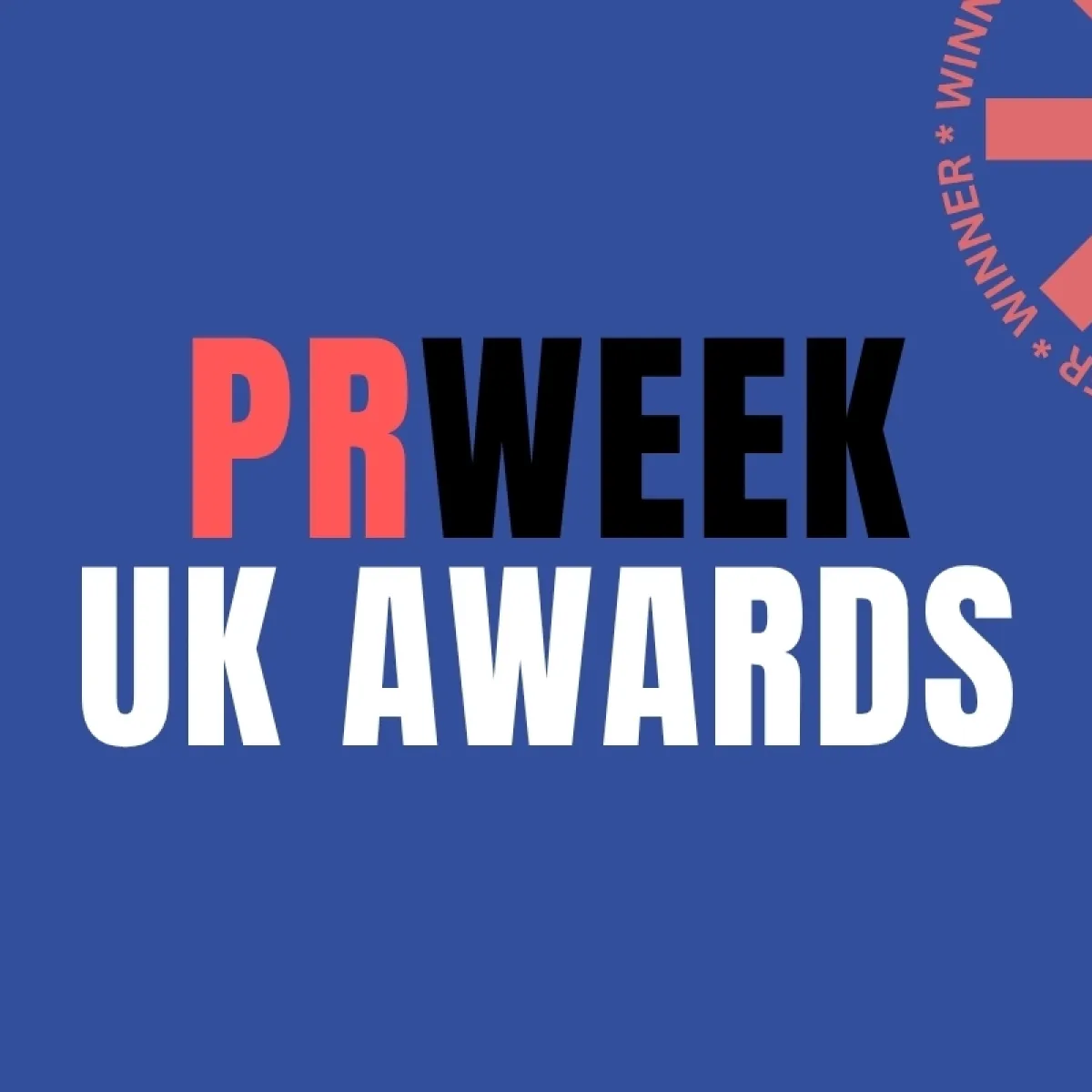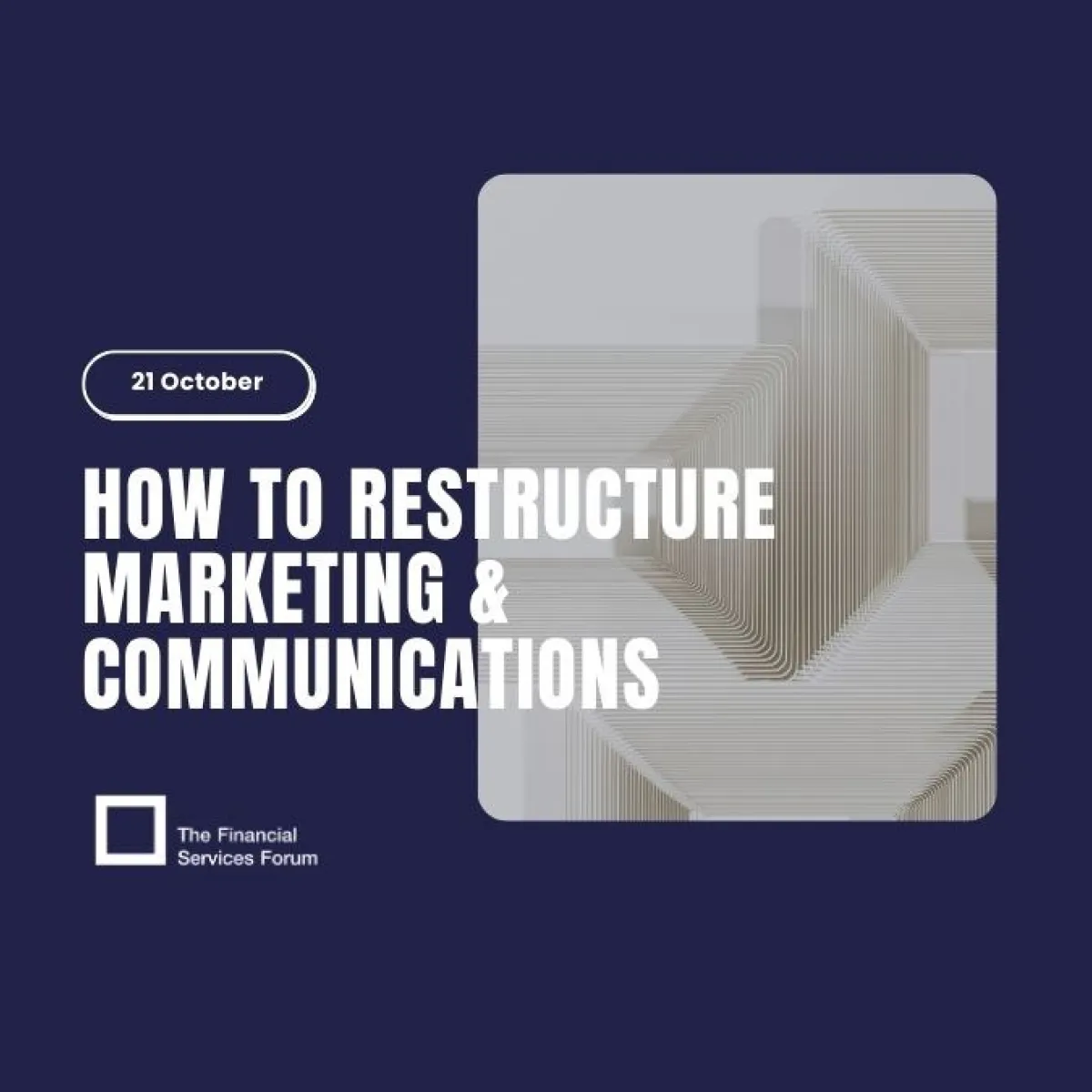This website uses cookies. Learn more
Prioritising employees to build back better
Spring can be one of the most inspiring times of the year and this year it is paired with the start of the government’s plan to ease coronavirus restrictions.
As we take the first step of four of the government’s plan this month and the UK begins to open up again – subject to certain conditions being met – many will be reflecting on the past year and looking to the future. Organisations should take time to reflect as the focus turns to rebuilding throughout 2021.
Here are three key areas to prioritise on the employee agenda, as many organisations move from coping to competing this year:
1. Where your organisation stands on enabling greater workplace flexibility
Recently, Goldman Sachs CEO David Solomon commented that he wants his people to return to the office as soon as possible, referring to remote work as an “aberration that we’re going to correct”. The news came in the same week that HSBC, Lloyds and Standard Chartered all announced plans to cut office spaces in preparation for a move to hybrid working models.
These decisions mark the latest in a string of announcements from organisations across different sectors on their future workplace arrangements. Recent surveys have shown a preference amongst employees to move to a hybrid approach. For example, an October 2020 survey of over 2,000 office workers across 10 countries spanning different industries by Real Estate company JLL found that 24% of employees want to work exclusively in the office and 50% prefer a hybrid approach.
Whatever policy your organisation arrives at, all face the reality of a fundamental shift in the future of work. Effectively listening to and engaging with your employees on this subject is critical. Many organisations are already actively preparing for this and considering it as part of their response to broader challenges and opportunities associated with the “anywhere” workplace.
2. Employee wellbeing is high on the agenda in 2021
A November report from McKinsey & Co showed that 62% of employees globally have considered mental health issues to be a top challenge during the COVID-19 crisis. However, whilst 95% of companies have provided additional mental health resources throughout the pandemic only 1 in 6 employees said they felt supported by their employer.
As the pandemic continues, many employees may be feeling fatigued and stressed, responding to uncertainty, a heavy workload and/or an inability to switch off. It is therefore essential for organisations to continue to support employee wellbeing at home – from corporate meditation app subscriptions to resilience coaching to meeting-free days - and look ahead to how they will support employees in the transition to post-pandemic ways of working.
How you communicate any health and wellbeing programmes is important and effective, compassionate communication from leadership should play a central role.
3. The role of purpose in developing employee experience
Discovering a sense of purpose in your organisation - its “why” or fundamental reason for existing - has been around for many years. Simon Sinek’s ‘Start with Why’ - and its companion ‘Find your Why’ - was an important development in the organisational focus on purpose as a driving force.
The focus on “meaningful” work amongst younger professionals has made purpose an enduring theme in recent years and the pandemic has only accelerated the trend. Those who say they are living their purpose at work are four times more likely to report higher engagement and five times more likely to report higher wellbeing. Organisations are considering purpose more than ever as a differentiating factor and many organisations from Unilever to Blackrock have harnessed purpose over recent years to deliver value.
In 2021, 83% of top-performing companies are making bold moves and 13% are developing bold plans in relation to purpose according to a recent survey from McKinsey. As more organisations look at purpose, all will need to consider how to harness purpose amongst employees to deliver impact.
_
Lansons holds regular events including the Internal Communications Forum to explore these topics and others on the employee agenda. To find out more, contact our Communications for Change and Transformation team.
Stay in the loop with our experts




New Business: to find out how we can help you, contact our dedicated new businesss team consultancy@lansons.com
Careers: we’d love to hear from you, please visit our careers hub











